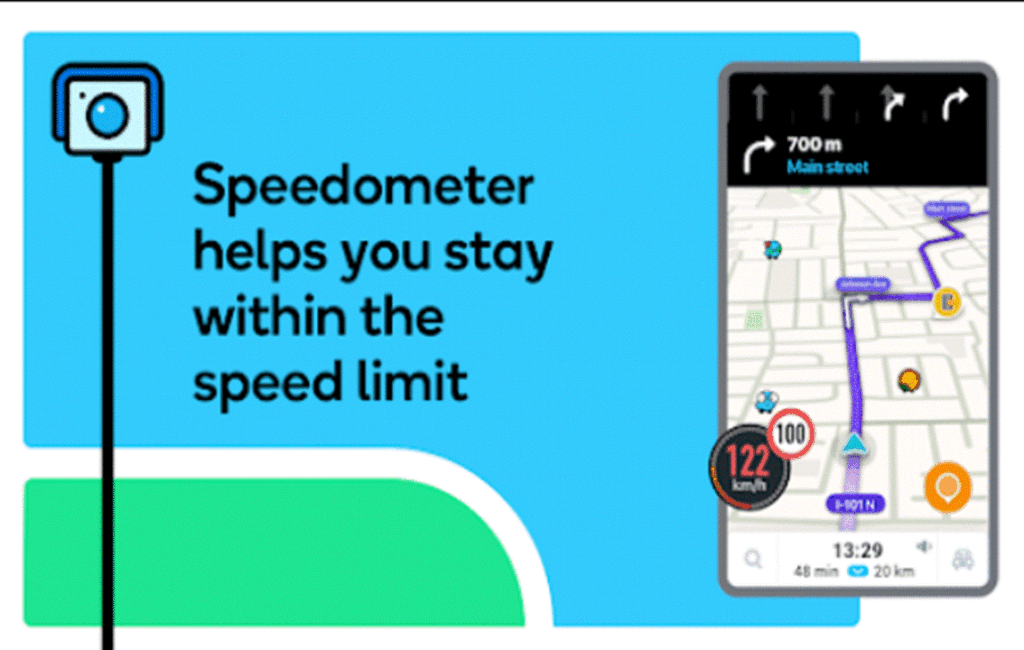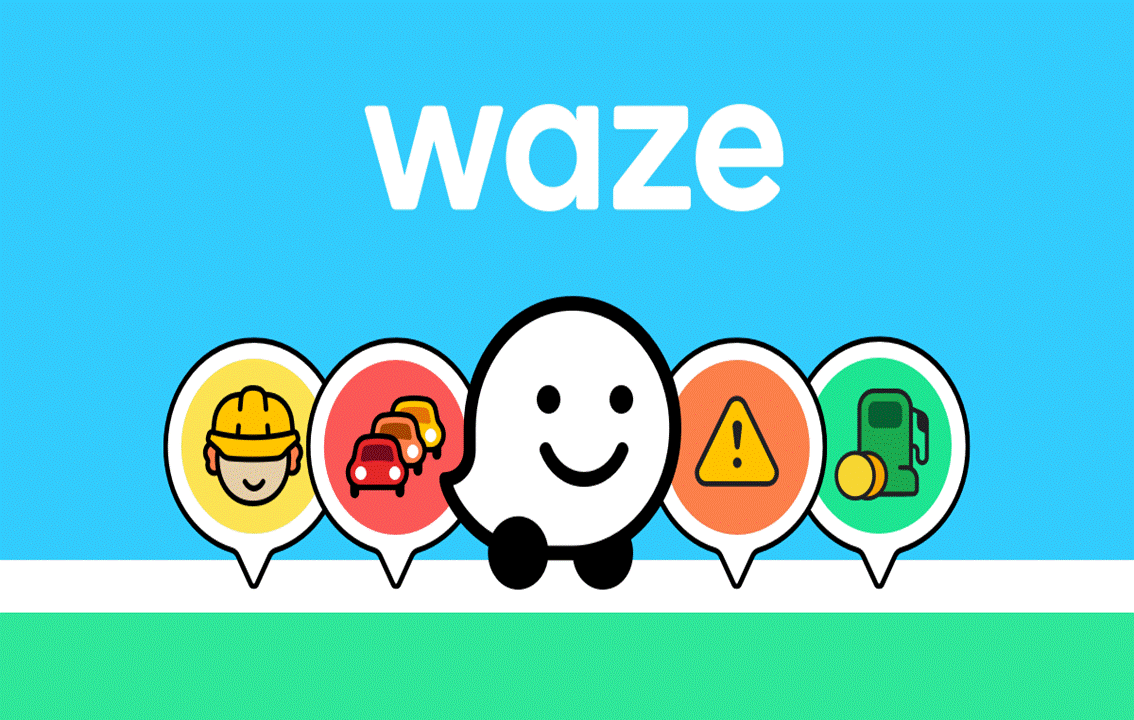INSTALL 'WAZE' FOR A BETTER DRIVING EXPERIENCE
ARE TRAFFIC CAMERAS IN CYPRUS REALLY FOR ROAD SAFETY OR TO CREATE REVENUE?
Two main questions are always at the forefront of the debate when it comes to Cyprus traffic cameras. The first is, ‘Are traffic cameras installed purely for road safety or to raise funds?’ The second is ‘Are traffic cameras really effective at reducing speeding drivers or preventing accidents on Cyprus roads?’ Both provoke much debate, and there seems to be no clear answers when addressing both of these questions.
TWO SIDES OF AN ARGUMENT
As the debate surrounding traffic cameras rages on, arguments both for and against are constantly and rigorously debated every day throughout the island’s courts. The recent influx and rapid installation of these devices have led to the majority of drivers questioning not only their effectiveness but also their validity. This has led to the fact that most drivers believe that traffic cameras are installed simply to create revenue. They go on to state that this is the main reason why they are not enforced properly. The majority also claim that traffic cameras offer little if any road safety, and in some cases, actually cause traffic accidents. Cypriot authorities, on the other hand, whilst acknowledging the extra revenue for Government coffers, maintain that Cyprus roads are much safer now that traffic cameras operate across the island.
OFTEN CONTESTED IN COURT
The certainty is that this debate will rage on! Several drivers who have gone on to win their legal arguments have used this to support their argument that traffic cameras have created an unfair playing field on Cyprus roads. Several drivers state that the current system in place, instead of penalising bad drivers, unfairly catches out otherwise careful and considerate road users. Many have gone on to state that most drivers are now playing a game of cat and mouse on most roads where cameras exist.
A RECENT SPOTLIGHT
The controversy surrounding the management of traffic cameras has also led to several drivers successfully contesting a large percentage of fines in court. It has been noted that road speed limit changes are not properly signposted and that cameras often are not enforced with the proper signage according to highway rules. Drivers have also stated that once they know where static speed cameras exist, they then simply slow down for that section of road and then speed up again thereafter. Traffic cameras have also recently been in the spotlight because they have been fining people for stopping on the white lines, meaning that drivers are still being penalised for simply getting too close to the stop section of a junction.



EVENING UP THE PLAYING FIELD
WHAT IS WAZE?
Some drivers in Cyprus have now turned to technology to help even up the playing field. The majority have chosen to install the GPS navigation tool Waze on their smartphones. Owned by Google, this app, once installed, can be easily used to provide real-time traffic information, route planning, and turn-by-turn navigation.
REGULAR UPDATES
Waze not only helps drivers find the best routes for their destinations, but also helps identify fixed and mobile traffic camera locations across the island. The regular real-time updates help drivers navigate Cyprus roads more safely. It also provides drivers with advanced warnings of changes on the road ahead. Drivers are also notified of ad hoc changes such as traffic congestion and accidents on their route. This allows them more time to shift lanes or even take a detour.
KEY FEATURES
Navigation & alternative routes: Waze can be set to offer the quickest route to any given location. It will then issue verbal as well as visual instructions along the route. It can also be set to offer alternative routes, which will avoid certain roads that have excessive traffic cameras. An alternative route may not be the fastest way to any given destination, but it may provide drivers with a less stressful journey.
Hidden & fixed traffic cameras: Waze will help drivers avoid hidden and fixed traffic cameras. It will also warn drivers of junctions where these cameras exist.
Speed limits: Waze can be set to update the driver of any sudden decrease in speed limits in advance.
Hazard detection: As well as traffic cameras, this function can be set to include speed bumps, sharp turns, and toll booths.
Parking: Information on car parks and parking spaces is also supplied. Drivers are advised of all costs and whether the parking facility is covered or open to the elements.
Roundabout navigation: This feature advises drivers how to properly navigate a roundabout on any given route. It will point out when to enter, when to switch lanes, and where to exit a roundabout.
HOW DO I USE WAZE?
1. Install the Waze app from your mobile phone’s respective App Store.
2. Open the Waze app on your smartphone and then sign up for a Waze account.
3. Allow Waze to access your location so it can provide you with real-time traffic information.
4. Enter a destination into the destination section.
5. Choose the preferred route based on the options provided by Waze.
6. Start the navigation and follow the visual or voice-guided instructions to reach your destination.
Waze will proactively report all road incidents along the intended route. These include traffic accidents, hazards, traffic cameras, and police presence along the intended route.
Google maps now integrates Waze incident reports
With the addition of incident reports from Waze, Google Maps has added a new function that improves navigation in real time. This function lets users view Waze-sourced reports of road conditions. These include speed cameras, police presence, and road closures. Through the app’s prompts, users may actively verify these conditions, assuring other drivers of accurate and current information.
This move comes after Google recently disclosed plans to share data across other applications. It has done this in an effort to enhance its own platforms. Waze’s thorough road condition reports, which are now also showing up in Google Maps, offer additional navigation support for drivers.
Users can update or confirm the status of these reports to reflect the current driving situation. These are then reported on other Google Maps notifications, spreading the real-time information to a greater extent. Google maintains, however, that Maps and Waze will remain independent applications despite this partnership.
The distinctive features of Waze, which set it apart from Google Maps, are valued by its sizable community of over 500,000 contributors. Likewise, users are found to prefer its unique features. Information sharing across both platforms is thought to be Google’s attempt to improve user experience, utilising the advantages of both platforms while keeping both their individual identities.


